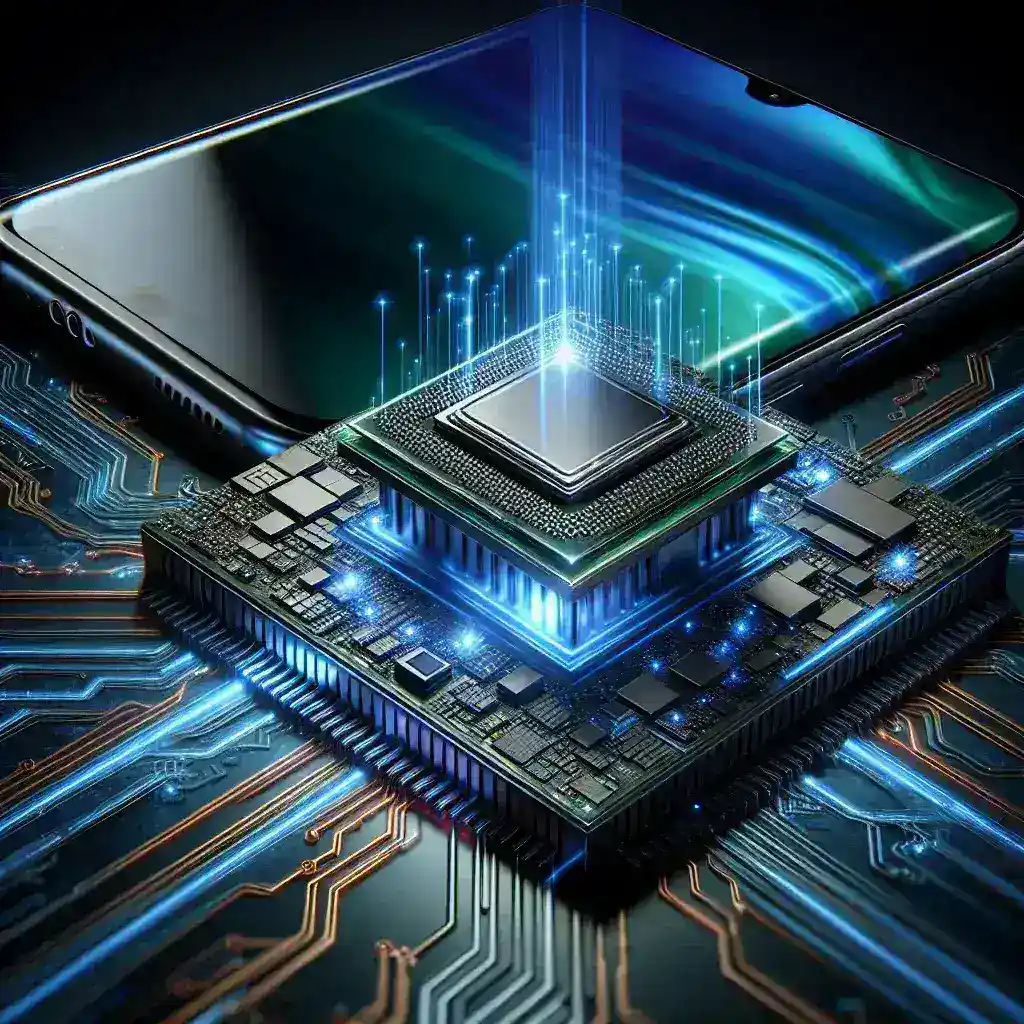Exynos 2500 to Power Galaxy S25 Globally
Introduction
The upcoming Galaxy S25 is generating significant buzz in the tech community, and much of that excitement is centered around the Exynos 2500 processor. This new chipset is poised to redefine performance standards for smartphones globally. In this article, we will delve into the capabilities of the Exynos 2500, its implications for the Galaxy S25, and what consumers can expect from this next-generation device.
Evolution of Exynos Processors
Samsung has long been a leader in mobile technology, and its Exynos line of processors has played a crucial role in that success. The Exynos 2500 marks a significant advancement in the series, following the Exynos 2200 and 2400 models. To understand its importance, let’s look back at the evolution of Exynos processors:
- Exynos 2100: Launched in 2021, it was the first Exynos chip to compete directly with Qualcomm’s Snapdragon 888, offering solid performance and efficiency.
- Exynos 2200: Introduced in 2022, this processor featured a groundbreaking GPU architecture, bringing improved graphics performance and gaming capabilities.
- Exynos 2400: Released in 2023, it focused on AI enhancements and energy efficiency, setting the stage for the upcoming Exynos 2500.
Features of Exynos 2500
The Exynos 2500 is designed to elevate the Galaxy S25 experience to new heights. Here are some of its standout features:
1. Advanced 5nm Process Technology
Utilizing state-of-the-art 5nm process technology, the Exynos 2500 promises improved power efficiency and performance. This smaller transistor size allows for better thermal management and longer battery life, crucial aspects for mobile users.
2. Enhanced CPU and GPU Performance
The chipset is equipped with an octa-core CPU, consisting of high-performance and efficiency cores, ensuring a balanced approach to multitasking and heavy applications. The integrated GPU shows remarkable improvements in rendering graphics, making it ideal for gaming and multimedia consumption.
3. AI and Machine Learning Capabilities
With a dedicated AI processing unit, the Exynos 2500 enhances features like camera optimization, voice recognition, and user experience personalization. This allows for smarter interactions and more intuitive app functionalities.
4. 5G Connectivity
The Exynos 2500 supports advanced 5G technologies, promising faster download and upload speeds. With the world increasingly reliant on connectivity, this feature will be a game-changer for users globally.
Impact on Galaxy S25
The integration of the Exynos 2500 into the Galaxy S25 is set to revolutionize user experiences. Here’s how:
1. Performance Boost
With its advanced architecture, users can expect smoother performance during demanding tasks such as gaming, video editing, or running multiple applications simultaneously. The Galaxy S25 will be at the forefront of mobile technology.
2. Superior Battery Life
The Exynos 2500’s power efficiency means that the Galaxy S25 can last longer on a single charge, addressing one of the primary concerns of smartphone users: battery life.
3. Enhanced Photography
With improved AI capabilities, the Galaxy S25 will offer enhanced photography features, including better low-light performance, faster focusing, and advanced computational photography options.
Comparisons with Other Chipsets
While the Exynos 2500 is a formidable competitor, how does it stack up against rival chipsets? Let’s compare it to its closest competitors:
1. Qualcomm Snapdragon 8 Gen 3
The Snapdragon 8 Gen 3 is known for its robust performance and extensive ecosystem of partners. Both chipsets offer premium performance, but the Exynos 2500 aims to provide better power efficiency.
2. Apple’s A17 Bionic
Apple’s A17 Bionic is renowned for its performance in single-core tasks. However, the Exynos 2500’s strength lies in its multi-core performance and gaming capabilities, making it an appealing choice for Android users.
Future Predictions
As technology evolves, the expectations for the Galaxy S25 and its Exynos 2500 chipset will continue to grow. Here are some predictions:
1. A Shift Towards AI Integration
As AI becomes more integral to user experience, the Exynos 2500’s capabilities will likely expand beyond current applications, leading to innovative features that enhance everyday smartphone use.
2. Increased 5G Adoption
With 5G technology becoming mainstream, the Exynos 2500 will be at the forefront of this transition, enabling users to harness the full potential of faster networks.
Pros and Cons of Exynos 2500
As with any technology, there are advantages and disadvantages to consider:
Pros:
- Improved performance and efficiency
- Enhanced graphics capabilities
- Advanced AI features
- 5G support
Cons:
- Potential compatibility issues with some applications
- Shorter lifecycle compared to rival chipsets
Real-World Examples
Many users have already shared their experiences with previous Exynos processors, often praising their performance and reliability. For example, the Exynos 2200 was widely recognized for its gaming capabilities, making it a favorite among mobile gamers.
Conclusion
In conclusion, the Exynos 2500 is set to power the Galaxy S25 globally, bringing with it a new era of smartphone performance. As we anticipate its release, it is clear that Samsung is committed to pushing the boundaries of mobile technology. With its advanced features, efficient architecture, and robust capabilities, the Galaxy S25 will undoubtedly make a significant impact on the market. We look forward to seeing how consumers respond to this exciting new device and how it shapes the future of smartphones.

